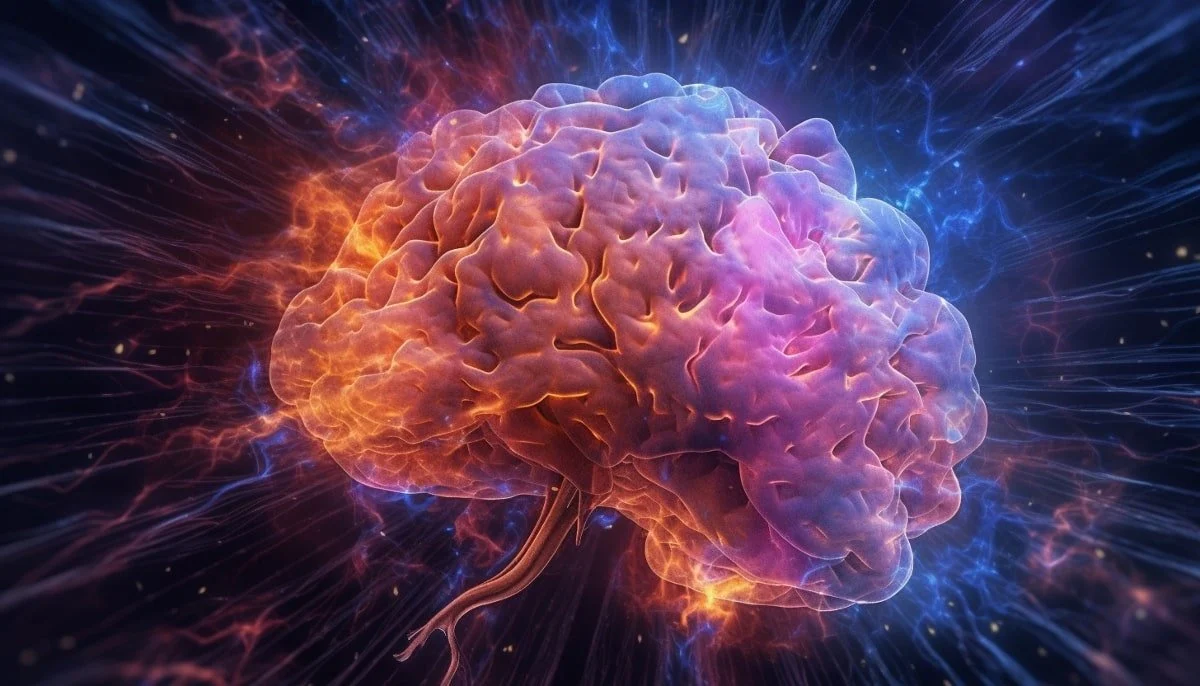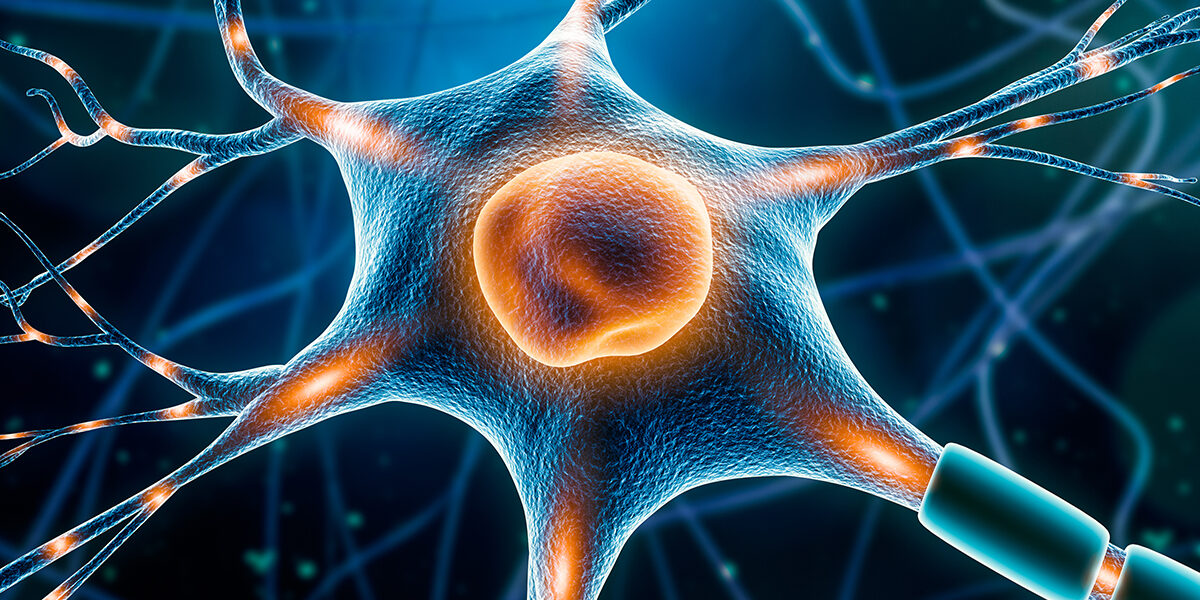Pioneering Achievement: Song Recreated from Brain Activity Using Neuroscience

Pioneering Achievement: Song Recreated from Brain Activity Using Neuroscience
The realms of neuroscience and music have recently intersected in a groundbreaking development, resulting in an unprecedented accomplishment: the recreation of a song directly from the electrical brain activity of participants. This breakthrough signifies a significant stride forward in comprehending brain-computer interfaces and their potential applications in aiding patients who grapple with communication difficulties due to neurological conditions like strokes or Amyotrophic Lateral Sclerosis (ALS).
In this remarkable endeavor, a group of 29 individuals, all undergoing epilepsy surgery, took part. During the procedure, a three-minute segment of Pink Floyd’s “Another Brick in the Wall” was played to them. Their brain activity was meticulously recorded through electrodes placed on the surface of the brain. Employing advanced Artificial Intelligence technology, this brain data was then transformed into audible content. Professor Robert Knight, a distinguished neurologist from the University of California in Berkeley who played a pivotal role in the study, conveyed to The Guardian, “It sounds a bit like they’re speaking underwater, but it’s our first shot at this. Now that we know how to do this, I think if we had electrodes that were like a millimeter and a half apart, the sound quality would be much better.”
The outcomes were astounding. With minor distortions, the lyrics “All in all, it’s just another brick in the wall” emerged, accompanied by their original rhythms and melodies. This breakthrough carries profound implications not only for the realm of neuroscience but also for individuals grappling with speech impairments stemming from neurological issues. Professor Knight highlights that current reconstruction efforts often exhibit a robotic quality. The pursuit of achieving genuinely natural-sounding communication through brain-computer interfaces remains a complex endeavor. He further notes, “Music, by its very nature, is emotional and prosodic – it has rhythm, stress, accent and intonation. It contains a much bigger spectrum of things than limited phonemes in whatever language, that could add another dimension to an implantable speech decoder.”
This groundbreaking achievement underscores the remarkable potential of merging technology with the intricate workings of the human brain. As scientific exploration delves deeper into the uncharted territory of brain-computer communication, the prospect of enhancing the lives of those affected by neurological disorders becomes more promising. The fusion of AI, music, and neuroscience holds the promise of yielding further benefits in the days ahead.

Written by: AIT

Post comments (0)